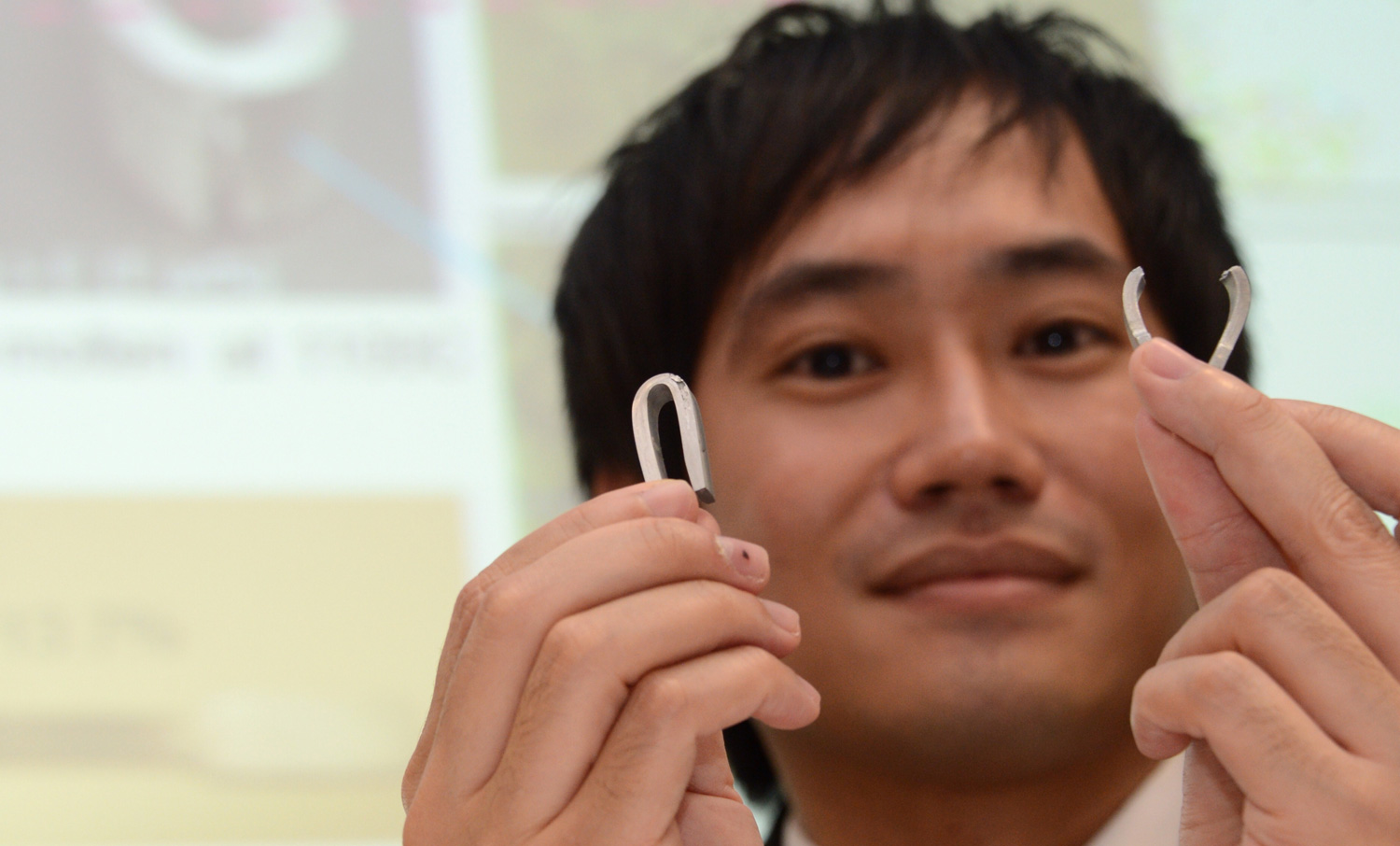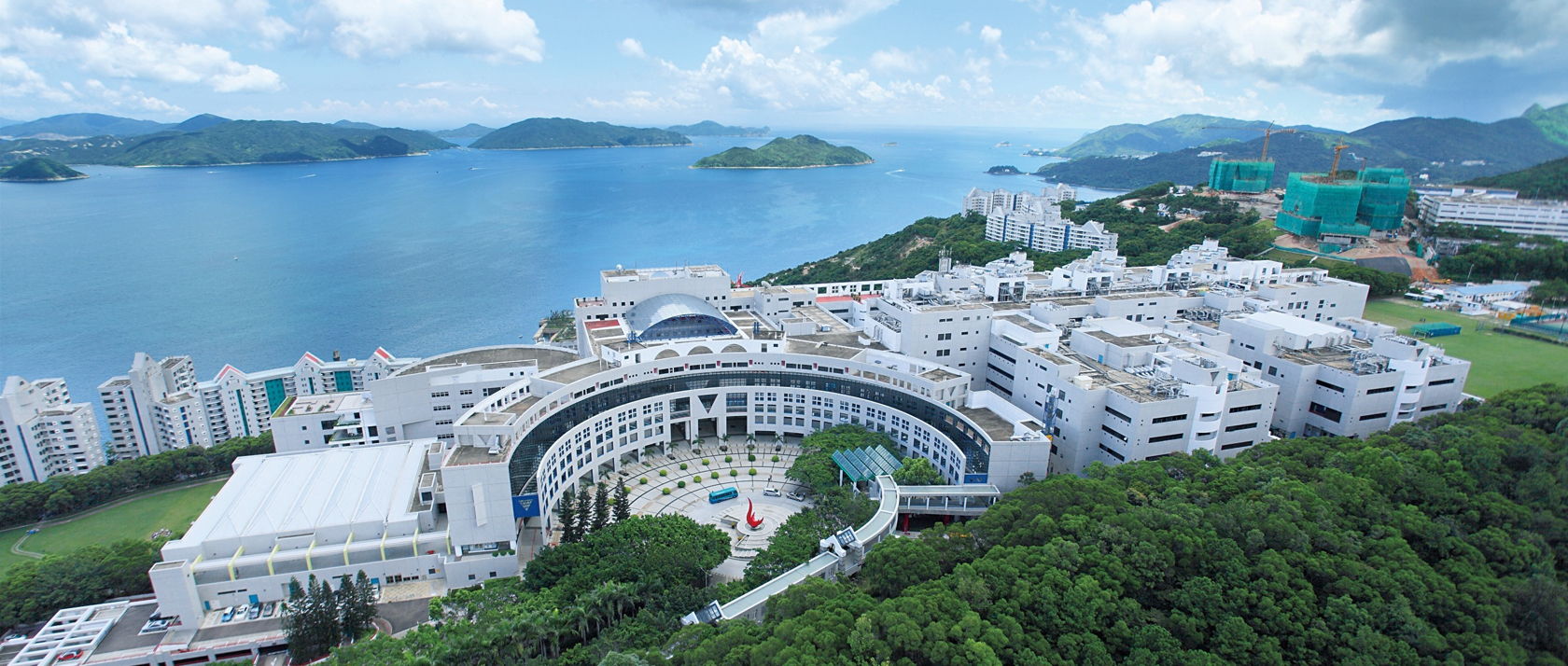"Aluminium is a light-weight and rust-resistant material. However, its use in construction today is confined largely to window frames due to its soft texture. On the other hand, steel is strong with high loading but is heavy, expensive and prone to rust," he added.
Industrialists have long looked for a way to merge carbon fiber with aluminium, Prof Chan's research team has managed to change the composition of carbon fiber by using nano technology, which allowed it to perfectly integrate with other substances like aluminium. This breakthrough is set to create a whole range of new materials with much wider applications. The new carbon-fiber aluminium, for example, can be used to produce a greener, cheaper and lighter building envelope.
The smart building envelope system minimizes the escape of air through gaps between the building envelope and the structure, thus saving energy on air conditioning or heating. The light-weight panels are also easier to install and can be mounted from inside the building, which help save transport and construction costs.
RESEARCH
New aluminium composite invented in Hong Kong
A Hong Kong University of Science and Technology research team led by Professor Yui-bun Chan has discovered a new aluminium composite – Fiber Reinforced Aluminium.
July 23, 2014
Breakthrough is set to create a whole range of new materials with much wider applications. For example, to create smart building envelope systems.
This new material is stronger than existing aluminium, cheaper and lighter than steel, and can also be used with insulation panels designed to produce a building envelope system that is safer, cheaper, more energy-efficient and easier to mount. The project is now undergoing its final phase and is expected to complete in 2015.
Fiber Reinforced Aluminium can be used for a wide range of applications primarily in construction as an alternative to steel and cement, and also in electronic products, automobiles, aircrafts, building materials, thus it has the potential to significantly increase aluminium's global applications.
"Fiber Reinforced Aluminium (FRA) is a mixture of carbon fiber and aluminium. If used together with a phase-change material (PCM), it creates a smart building envelope system which will effectively reduce indoor temperature fluctuation, and halve labor costs and construction time compared to conventional systems built mainly from steel and cement," said Prof Chan.
This new material is stronger than existing aluminium, cheaper and lighter than steel, and can also be used with insulation panels designed to produce a building envelope system that is safer, cheaper, more energy-efficient and easier to mount. The project is now undergoing its final phase and is expected to complete in 2015.
Fiber Reinforced Aluminium can be used for a wide range of applications primarily in construction as an alternative to steel and cement, and also in electronic products, automobiles, aircrafts, building materials, thus it has the potential to significantly increase aluminium's global applications.
"Fiber Reinforced Aluminium (FRA) is a mixture of carbon fiber and aluminium. If used together with a phase-change material (PCM), it creates a smart building envelope system which will effectively reduce indoor temperature fluctuation, and halve labor costs and construction time compared to conventional systems built mainly from steel and cement," said Prof Chan.

Prof Yui-bun Chan from the Department of Civil and Environmental Engineering
introduces the new aluminium composite
introduces the new aluminium composite

The Hong Kong University of Science and Technology (HKUST) is a public research university in Clear Water Bay Peninsula, Hong Kong, established in 1991. It has been continuously viewed as one of the top three higher education institutions in Hong Kong.
The system – consisting mainly of a layered panel composed of FRA, PCM, gypsum board and polyisocyanurate foam – exceeds the basic requirements of building codes in Hong Kong, Shanghai, Beijing and Moscow. Its thermal resistance and wind load resistance top the building requirements of the four cities. Its deflection limit and fire resistance also exceed the benchmark for Moscow.
The research is part of a five-year US$1.5 million collaboration project between HKUST and UC RUSAL, world's largest aluminium producer.
"Innovation and technological excellence are at the core of UC RUSAL's development strategy. We are excited about this new material discovered by the HKUST research team, which has the potential to be a major breakthrough in the construction industry, offering an alternative to such traditional materials as cement and steel. We look forward to the completion of the project," Oleg Deripaska, CEO of UC RUSAL says in a press-release.
The research is part of a five-year US$1.5 million collaboration project between HKUST and UC RUSAL, world's largest aluminium producer.
"Innovation and technological excellence are at the core of UC RUSAL's development strategy. We are excited about this new material discovered by the HKUST research team, which has the potential to be a major breakthrough in the construction industry, offering an alternative to such traditional materials as cement and steel. We look forward to the completion of the project," Oleg Deripaska, CEO of UC RUSAL says in a press-release.
Here is the animation about new material contribution in solving air conditioning problem in the city of Hong Kong.